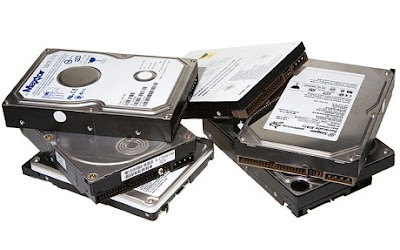Intel 865 VGA(Video) Drivers for Windows 7 & Vista
Intel have stop the Windows7 VGA drive for Motherboard 865GBF at their website , only you can download upto XP,
Now there is way to RUN VGA at Windows 7 or VISTA.
1.Download the latest Windows XP driver for the intel 865 graphic card. (I used the XP Professional version) download
2. After extracting the driver (I recommend the .zip file over the .exe), go to "Device Manager" in Vista or Windows 7.
4. Right click on the "Standard VGA Graphics Adapter" and choose "Update Driver Software"
5. Choose "Browse my computer for driver software"
6. Choose "Let me pick from a list of device drivers on my computer"
7. Find the "Have Disk" button (lower right corner) and click on it
8. Browse to the location where you extracted the Intel 865 XP driver zip file and go into the win2000 folder, then choose "Open"
9. You should see a driver in the main box now, that says it's for the Intel 865 Graphic Adapter. Choose "Next" and it will begin the driver installation.
10. Once the driver is installed, reboot and you are all done!
Intel have stop the Windows7 VGA drive for Motherboard 865GBF at their website , only you can download upto XP,
Now there is way to RUN VGA at Windows 7 or VISTA.
1.Download the latest Windows XP driver for the intel 865 graphic card. (I used the XP Professional version) download
2. After extracting the driver (I recommend the .zip file over the .exe), go to "Device Manager" in Vista or Windows 7.
- Easiest way to get there is "Win key + pause/break" -> "Device Manager"...
- Second easiest way is to click "Start", right click "Computer" -> "Properties" -> "Device Manager"
- Third way is to fumble around in the control panel until you find it... good luck...
4. Right click on the "Standard VGA Graphics Adapter" and choose "Update Driver Software"
5. Choose "Browse my computer for driver software"
6. Choose "Let me pick from a list of device drivers on my computer"
7. Find the "Have Disk" button (lower right corner) and click on it
8. Browse to the location where you extracted the Intel 865 XP driver zip file and go into the win2000 folder, then choose "Open"
9. You should see a driver in the main box now, that says it's for the Intel 865 Graphic Adapter. Choose "Next" and it will begin the driver installation.
10. Once the driver is installed, reboot and you are all done!




